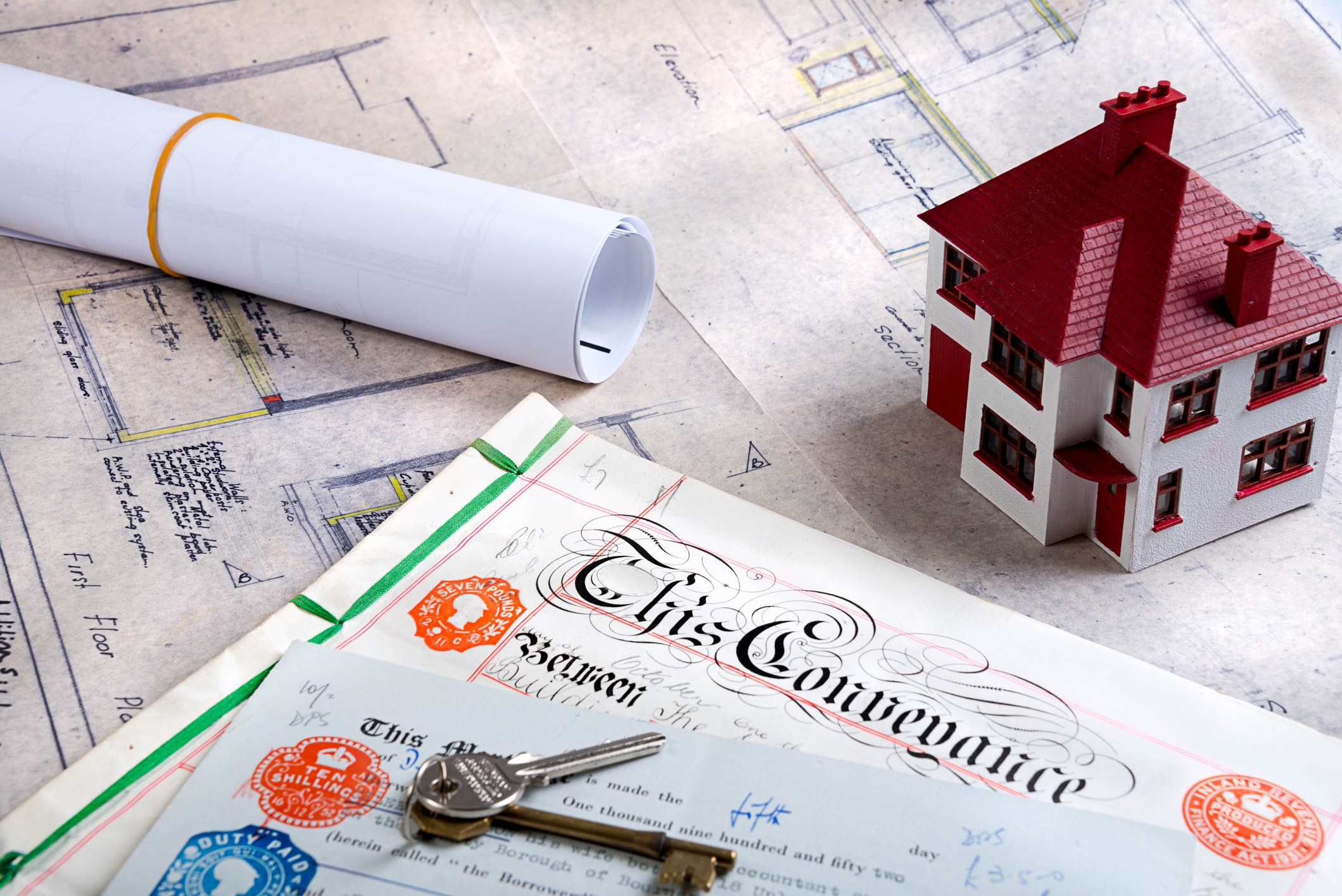Burt Polson’s Real Estate in the Napa Valley: Good investments, housing collapse and evictions | Business

Is commercial real estate currently a good investment?
A recent article from Capital River Commercial discusses key economic indicators in the commercial real estate investment and construction industry. The industry’s key indicators include federal interest rate hikes, construction cost increases, consumer spending and economic growth.
Burt Polson
Lenders are increasing the cost of capital and tightening their requirements, which is challenging for investors and builders. Construction costs and supply-chain issues are significant problems for builders in bringing finished product to market. Consumer confidence is being chipped away by the high cost of consumer goods, energy, rent and fuel.
The multifamily sector will likely continue strong, but we may see a softening in rents. Builders may start focusing on updating older properties or looking at adaptive reuse of non-residential property.
People are also reading…
Support local news coverage and the people who report it by subscribing to the Napa Valley Register.
The industrial sector will likely remain strong for the remainder of the year. Still, with consumer spending pulling back, companies may reassess expansion plans.
Retail properties’ prospects depend on the use, with essential retailers doing well in tough times and luxury high-end brand retailers seemingly unscathed. Brands that cater to the middle class may find tough times ahead.
The office sector outlook will remain bleak with companies still figuring out how their employees will work. Office space square footage requirements will likely decrease while amenities for employees increase.
Price collapse of the housing market
Many in the residential real estate market are holding their breath at what could be the market’s peak and a precipice on the horizon.
According to a study by Moody Analytics, arguably, the U.S. is already in a recession. People who have purchased homes in 180 highly desirable markets may find they paid too much. In a recent study by Fortune, 183 of the nation’s 413 largest regional housing markets are overvalued by more than 25%.
The most overvalued locations in the U.S. are Boise, Idaho at 72%; Charlotte, North Carolina, 66%; Nashville, Tennessee, 54%; Flagstaff, Arizona and Austin, Texas, 61%; and Miami-Fort Lauderdale, 34%.
Eviction of 3.8 million renters
According to an article published in The Daily Wire, 8.5 million people are behind in their rent, according to the U.S. Census Bureau. With eviction moratoriums expiring, as many as 3.8 million renters may be evicted from their homes for the next two months.
With the new national median rent of $2,000 a month, rents have increased at least 25% from pre-pandemic levels.
Landlords are in a tough bind, with several not being able to collect rents for years while also not being able to evict. Some tenants have taken advantage of the situation. Still, many are just not making enough income, with the national median annual income for renters at $42,500.
Things are looking dire with the imminent evictions when added to the potential collapse of the housing market.
Update to my previous article
There was an excellent response to my last article, “Converting an investment property into a personal residence.” A reader, John, the vice presidnet of a 1031 exchange company, commented that the IRS updated its rules regarding converting investment property to personal use.
First, I stated there was no precise time that you had to rent the replacement property out to show your intent of it being an investment property. The amount of time is now at least 24 months. Any less, and you are out of the safe harbor.
Second, I stated how you should retain advertisements, broker agreements, and marketing to secure your intent to rent your replacement property. No requirements are needed to demonstrate your intention to rent the property as long as you report the investment property on your taxes, and it is rented a minimum of 14 days per 12-month period.
Photos: Napa Pipe house designs unveiled
Napa Pipe home designs

A proposed design for a three-story single family home at the future Napa Pipe development. “Stick” construction could start between March and June of 2023.
Napa Pipe home designs

The “modern Spanish” style home proposed for the Napa Pipe development. There’s also an option to add a third floor.
Napa Pipe home designs

A proposed design for a single family home at the future Napa Pipe development. “Stick” construction could start between March and June of 2023.
Napa Pipe home designs

A proposed design for a single family home at the future Napa Pipe development. “Stick” construction could start between March and June of 2023.
Napa Pipe home designs

A proposed design for a single family home at the future Napa Pipe development. “Stick” construction could start between March and June of 2023.
Napa Pipe home designs

A proposed design for a single family home at the future Napa Pipe development. “Stick” construction could start between March and June of 2023.
Napa Pipe home designs

A proposed design for a single family home at the future Napa Pipe development. “Stick” construction could start between March and June of 2023.
Napa Pipe home designs

A proposed design for a single family home at the future Napa Pipe development. “Stick” construction could start between March and June of 2023.
Napa Pipe home designs

This three story Napa Pipe home is known as the Farmhouse style. The third story is optional.
A proposed design for a three-story single family home at the future Napa Pipe development. “Stick” construction could start between March and June of 2023. Prices have not been announced.


